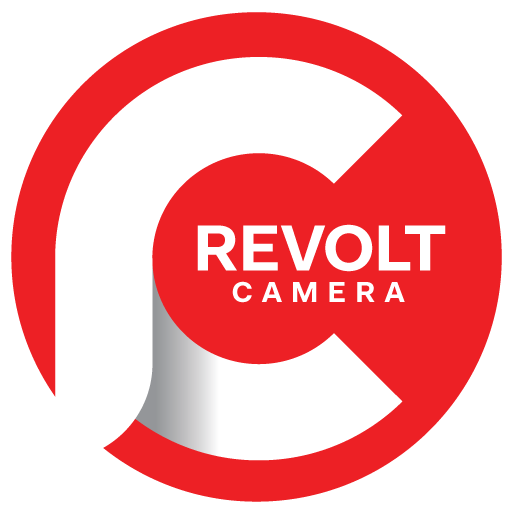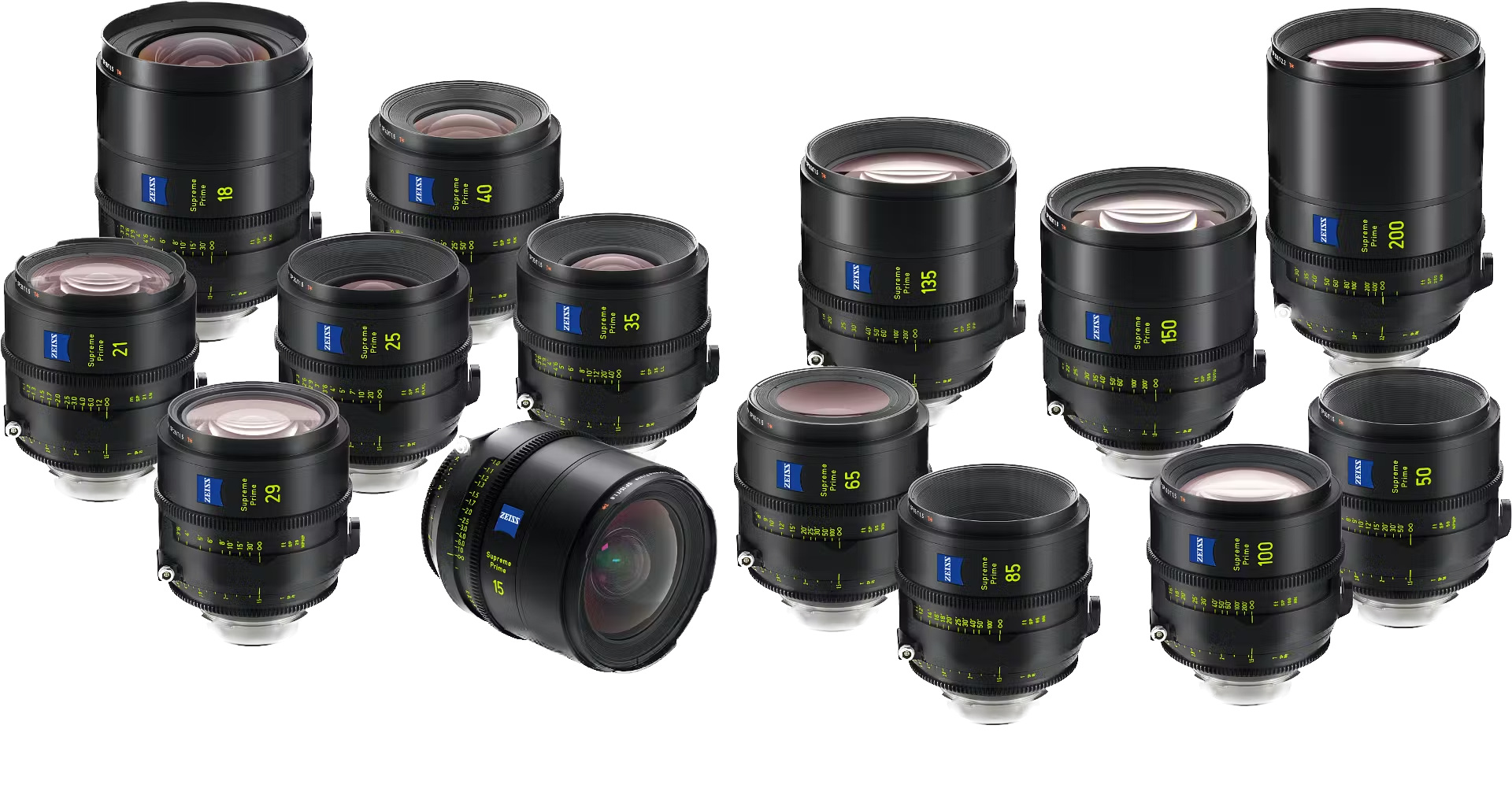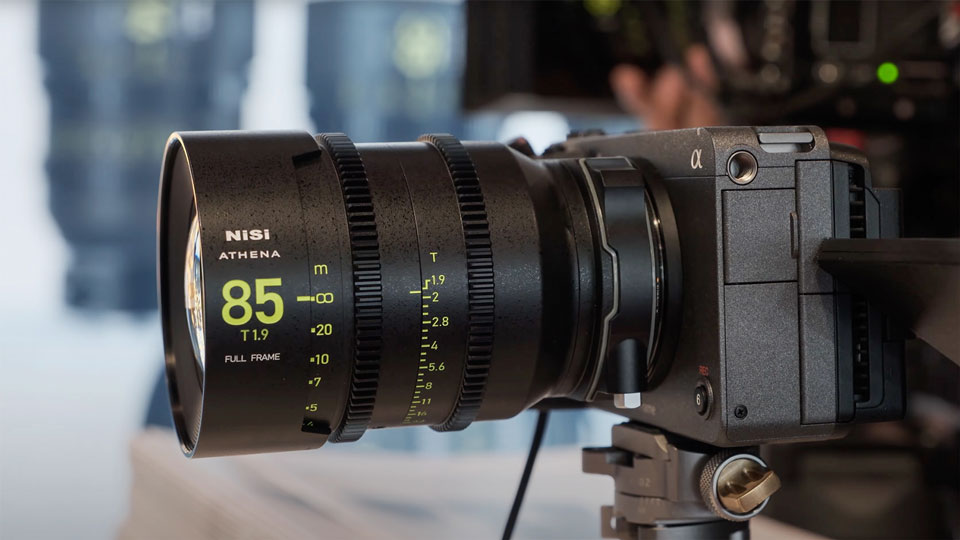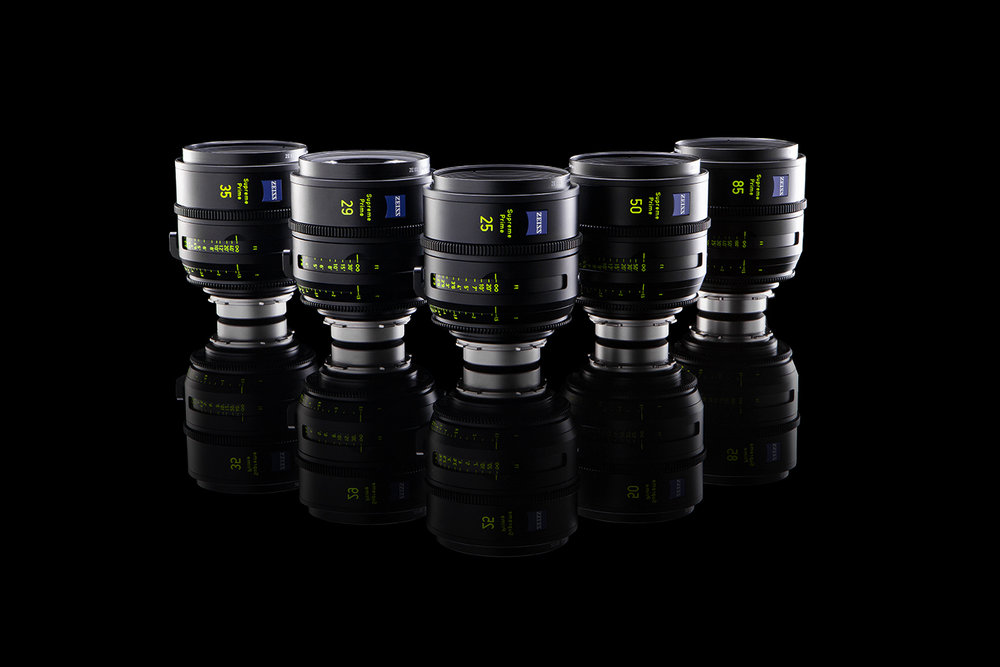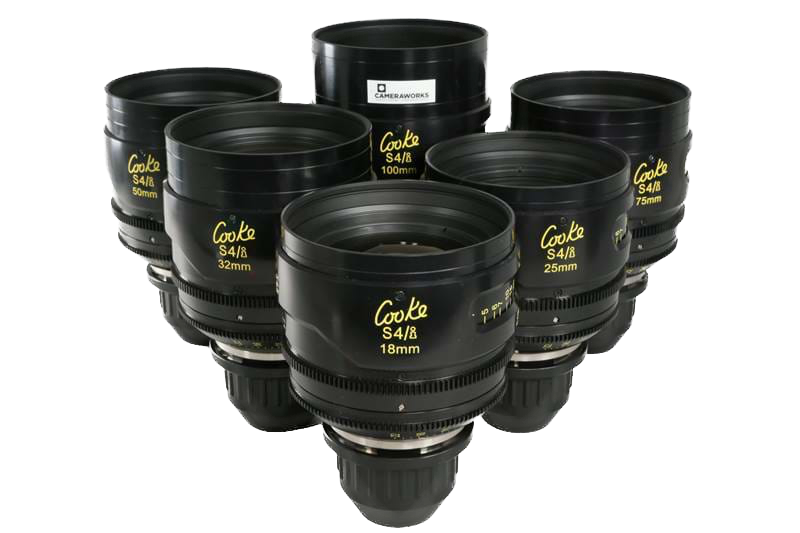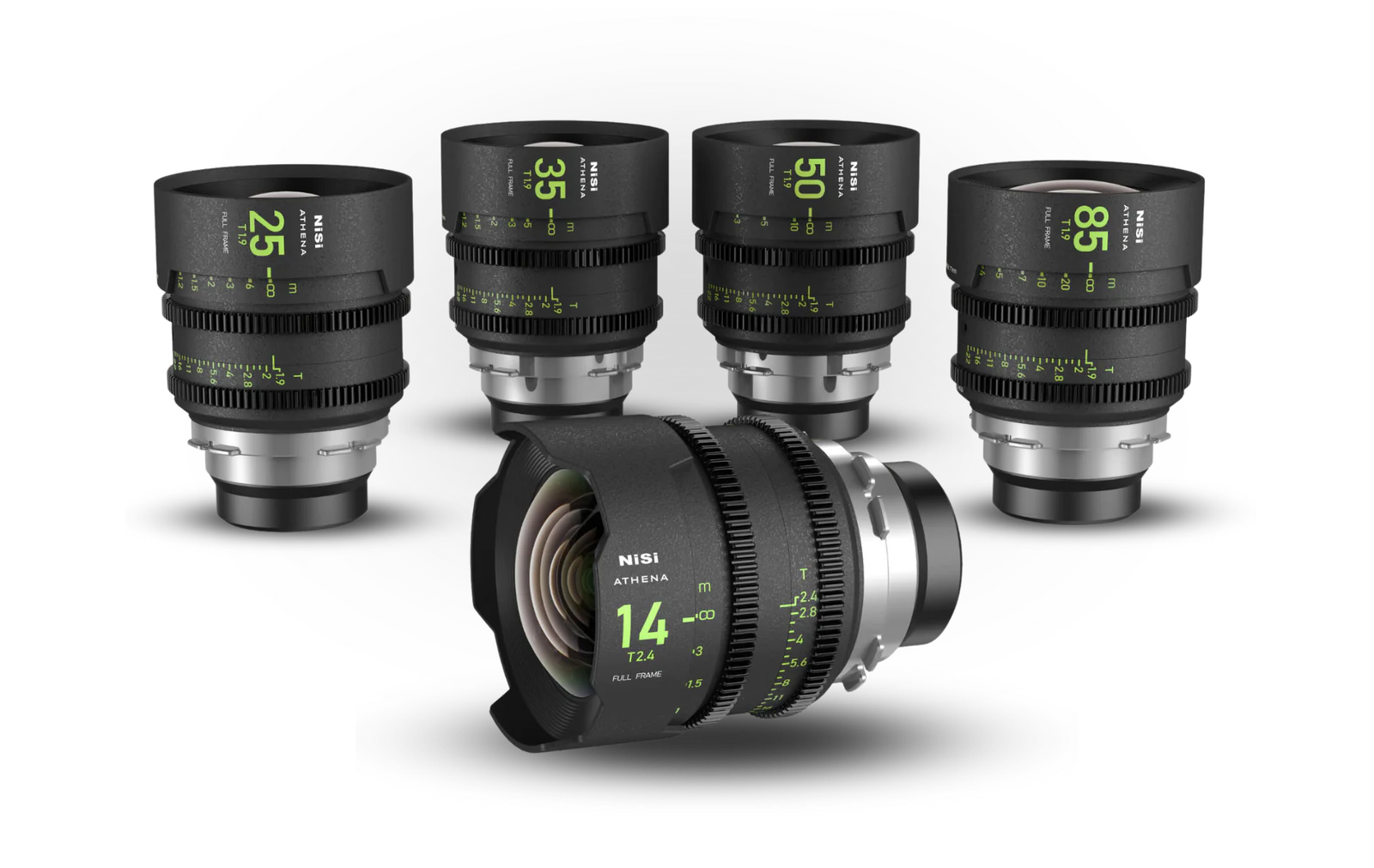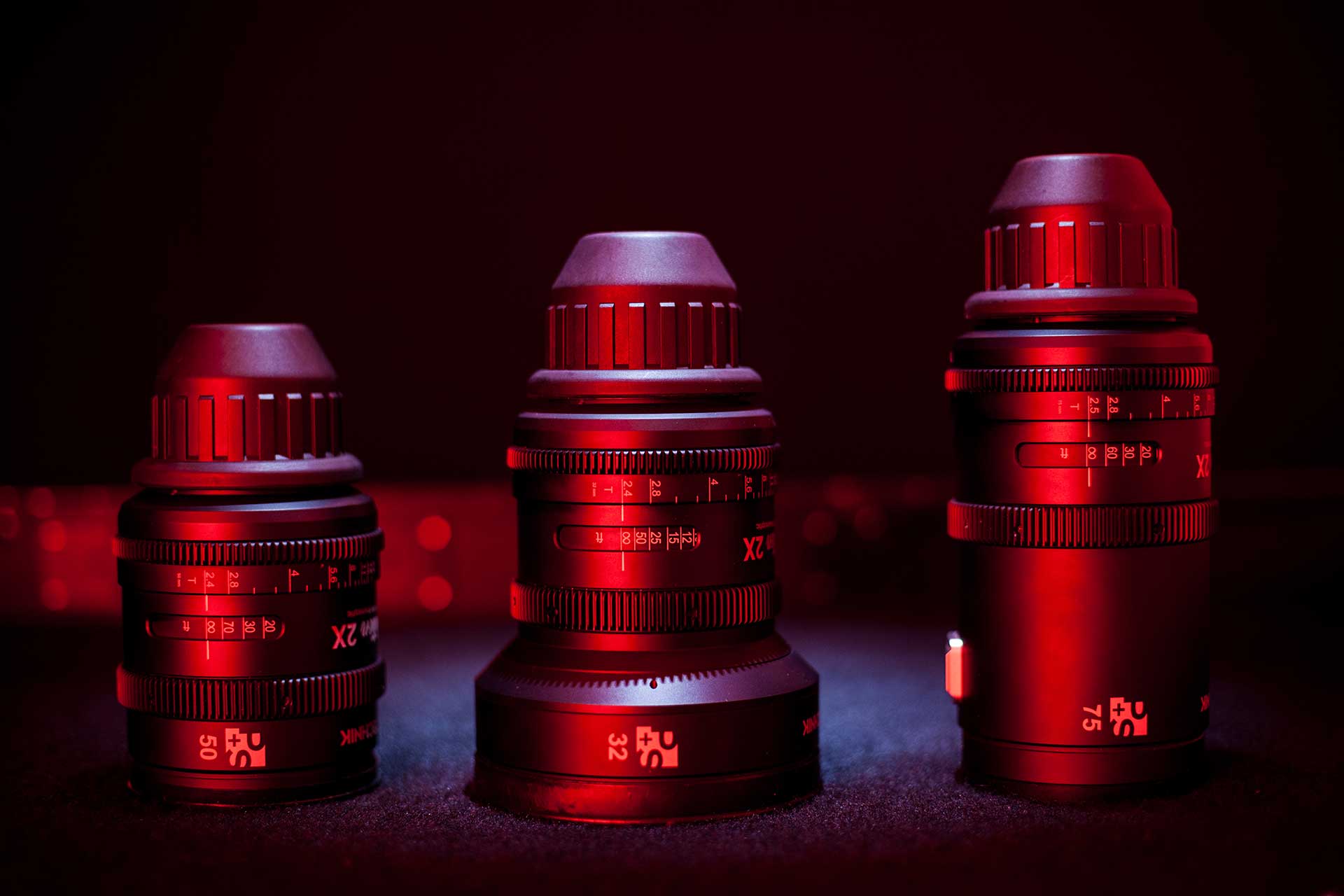Choosing the Right Cinema Lens: A Guide for Filmmakers
In the realm of filmmaking, the lens serves as the window to the cinematic world. It shapes the visual language of a film, conveying emotions, setting the mood, and bringing the director’s vision to life. Whether you’re a seasoned filmmaker, cinematographer, first assistant cameraperson, artist, director, or videographer, selecting the right cinema lens is crucial for achieving your desired aesthetic and storytelling goals. In this guide, we’ll navigate through the intricacies of choosing the perfect cinema lens the Revolt Camera provides, covering essential factors to consider and practical tips for making informed decisions.
Understanding Lens Basics
Before delving into the selection process, it’s essential to grasp the fundamentals of cinema lenses. Unlike still photography lenses, cinema lenses are specifically designed for motion picture use, offering features tailored to the demands of filmmaking. These lenses provide smooth and precise focus control, minimal breathing, and consistent aperture throughout the zoom range, ensuring seamless transitions between shots. Additionally, cinema lenses often feature geared focus and aperture rings, facilitating precise adjustments by first ACs and cinematographers.
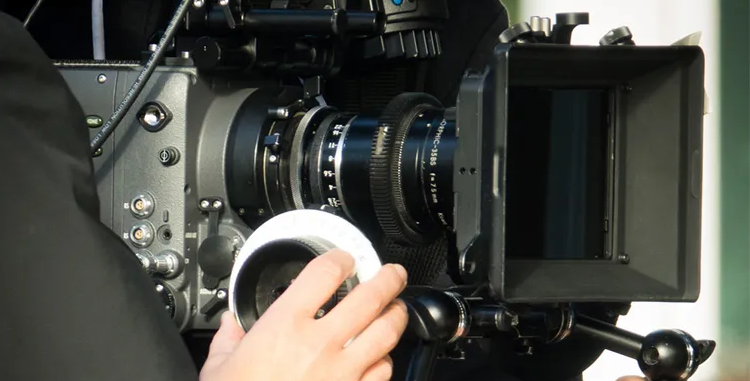
Factors to Consider:
When choosing a cinema lens, several factors come into play, each influencing the visual aesthetics and practicality of your filmmaking process. Here are key considerations to keep in mind:
1. Focal Length:
The focal length of a lens determines its angle of view and magnification level, influencing the composition and perspective of your shots. Wide-angle lenses (10mm to 35mm) offer expansive views, ideal for capturing landscapes or immersive environments. Standard lenses (35mm to 85mm) provide a natural perspective similar to the human eye, versatile for various scenes. Telephoto lenses (85mm and above) magnify distant subjects, suitable for close-up shots or capturing distant action.
2. Aperture:
The aperture controls the amount of light entering the camera and affects exposure and depth-of-field. A wide aperture (e.g., t/1.4 or t/2.8) allows shooting in low light and creates shallow depth-of-field effects for cinematic bokeh. A narrow aperture (e.g., t/8 or higher) increases depth-of-field and sharpens focus across the frame. Consider lighting conditions and the desired depth-of-field when selecting your aperture.
3. Image Quality:
Image quality directly impacts the clarity, sharpness, and visual appeal of footage. Look for lenses with excellent optical performance, minimal distortion, and chromatic aberration. High-quality cinema lenses deliver consistent sharpness and contrast, ensuring superior image quality even at wide apertures and extreme focal lengths. Or choose lenses with immense character when considering to film dream sequences, flashbacks, music videos, and more.
4. Compatibility:
Ensure compatibility between the lens and your camera system, considering factors such as lens mount, sensor size, and electronic communication. Many lenses are available in multiple mounts (e.g., PL, RF, E-mount) to accommodate different cameras. Verify compatibility with your camera’s sensor size to avoid vignetting or cropping issues.
5. Budget:
Set a realistic budget based on project requirements and consider factors such as rental options, lens longevity, and potential resale value. While high-end lenses offer superior optical performance, budget-friendly options can still deliver impressive results for indie filmmakers or cinematographers with tight budgets.
Selecting the Right Lens
Apply the following steps when selecting the right cinema lens for your needs:
1. Define Your Filmmaking Style:
Consider your filmmaking style and artistic preferences. Determine the visual aesthetics you aim to achieve and select lenses that complement your storytelling approach.
2. Assess Shooting Conditions:
Evaluate shooting conditions, including lighting environments and logistical constraints. Choose lenses with wider apertures for low-light situations or compact designs for maneuverability.
3. Conduct Lens Tests:
Conduct lens tests to evaluate optical performance and characteristics in real-world scenarios. Test various focal lengths, apertures, and shooting techniques to assess image quality and overall performance.
4. Consider Rental Options:
Explore rental options for access to high-end lenses without the hefty price tag. Renting allows you to experiment with different lenses, adapt to project requirements, and access cutting-edge technology. We offer a wide selection of lenses at Revolt Camera.
5. Seek Expert Advice:
Seek advice from experienced cinematographers, industry experts, or rental technicians. Leverage their expertise and recommendations to make informed decisions about lens selection.

Cinema Lens Overview
The Zeiss Supreme Primes are renowned for their exceptional optical performance, delivering consistent sharpness, minimal distortion, and natural colour rendition. With a fast aperture of T1.5, they excel in low-light conditions and offer stunning bokeh for cinematic storytelling. Films that have shot on the Supreme Primes: The Queen’s Gambit, Phantom Thread, The Father, Downton Abbey, and more.
The Cooke S4/i’s are esteemed for their warm, vintage character and precise imaging, making them a favourite among cinematographers seeking a classic cinematic look. With a T2.0 aperture, they provide excellent low-light performance and stunning image quality across the frame. Films that have shot on the Cooke’s: Under the Silver Lake, Bombshell, Spider-Man: Homecoming, The French Dispatch, Game of Thrones, and more.
The Nisi Athena Primes are known for their superb optical performance, compact design, and affordable price point, making them an attractive option for indie filmmakers and short-format productions – music videos, social media ads, and tabletop high-speed setups. With a fast T1.9 – T2.4 (14mm) aperture, they deliver impressive image quality and versatility for various shooting scenarios.
The Kowa 2x Evolution Anamorphic Prime Lenses are prized for their unique anamorphic characteristics, including beautiful flares, organic bokeh, and distinctive oval-shaped bokeh highlights. With a 2x squeeze factor, they provide a cinematic widescreen (2.35) aspect ratio and a timeless cinematic aesthetic.
Choosing the right cinema lens is pivotal for achieving desired visual aesthetics and storytelling goals in filmmaking. By understanding key factors and applying them to your specific needs, you can select lenses that enhance your creative vision, elevate your cinematography, and captivate audiences with stunning imagery. Whether you’re a filmmaker, cinematographer, first assistant cameraman, artist, director, or videographer, let this guide serve as your roadmap to selecting the perfect cinema lens for your next cinematic masterpiece. Book lenses for your next shoot below!
BOOK NOW
Have questions about your production or our equipment? Revolt Camera supports storytellers on their journey from providing production advice and support, to the equipment you need to capture your content. Our dedicated gear specialists and industry experts will be here for you every step of the way.
